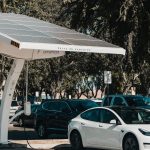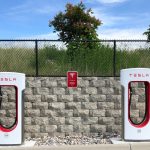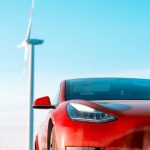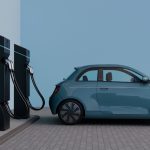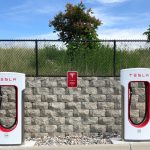A striking shift took place at Ferrari’s headquarters in Maranello as the company introduced its first all-electric supercar, the Elettrica. The unveiling comes during a period of cautious consumer enthusiasm for electric vehicles and follows five years of development. As market interest in EVs fluctuates, even the most iconic brands face tough decisions regarding their electrification pace. Several factors influence Ferrari’s move, including evolving customer expectations, global demand patterns, and internal brand strategies. Choices made now may influence not only Ferrari’s next models, but also shape loyalty among performance car enthusiasts in a shifting automotive landscape.
When Ferrari initially teased its electric ambitions, expectations leaned towards a more aggressive expansion, with significant resources committed to electric research and development. Public statements and earlier plans suggested that nearly half of the lineup could be electric by the end of this decade. However, as demand for high-performance EVs moderated, Ferrari and its luxury counterparts, such as Porsche and Bentley, all revised their electrification timelines and adjusted growth forecasts. This recalibration points to broader uncertainty in the high-end segment, where heritage and driving experience remain prized attributes.
What Does the Elettrica Bring to Ferrari’s Portfolio?
The Ferrari Elettrica, expected to officially launch in October 2026, will feature a quad-motor configuration delivering roughly 1,000 horsepower, powered by a 122 kWh battery pack, and built on a proprietary 800-volt architecture. With a projected top speed of 193 mph and an estimated range of 330 miles on the European WLTP cycle, the Elettrica underscores Ferrari’s engineering focus. The model will be produced in the new “e-building” at Maranello, also set to manufacture crucial components like electric motors, battery packs, and inverters for forthcoming electric Ferraris.
Why Did Ferrari Lower Its Electric Targets?
Ferrari has revised its projections, now aiming for fully electric cars to make up just 20 percent of its sales by 2030—down from the earlier goal of 40 percent. Hybrid vehicles will account for another 40 percent, and the remainder will continue with traditional combustion engines. The company cited tepid demand for ultra-high performance electric vehicles as a key reason for this setback, and the timeline for releasing a second EV has been postponed to 2028 or later.
“These new targets reflect what our customers want and the reality of current EV demand,”
a Ferrari executive stated.
How Are EV Market Trends Impacting Ferrari and Its Peers?
Demand for luxury EVs has not matched that of the broader EV market, as consumer priorities remain mixed and regulatory shifts add complexity. Major automakers such as Volvo and Mercedes have slowed their own EV rollouts, and companies like Tesla have reduced prices to bolster sales. Ferrari’s clients prioritize exclusivity and driving experience, making the path to electrification uniquely challenging for the brand.
“For us, the core value remains the unique Ferrari experience, regardless of propulsion technology,”
a company spokesperson explained.
The Elettrica’s reception will depend on whether it can deliver the performance and emotional engagement Ferrari enthusiasts expect, rather than purely on technological metrics. For buyers motivated by status, tradition, and the signature qualities of Ferrari, any deviation from brand values could prove risky. Industry observers suggest that timing, profitability, and authenticity will continue to dominate discussions as supercar makers navigate the evolving electric landscape. Compared to prior coverage, where optimism guided forecasts, the current adjustment among luxury carmakers stems from both market realities and an enduring focus on brand legacy.
Luxury automakers entering the EV segment must navigate a balancing act between innovation and tradition, especially when customer loyalty is deeply attached to the driving experience. Startups and mass-market EV manufacturers may compete on cost and incentives, but brands like Ferrari operate within a niche where emotion, history, and craftsmanship carry weight. As the luxury electric segment matures, clear communication and staggered technological adoption will likely shape future product lines. For readers considering the trajectory of high-end EVs, it is essential to watch not only new launches, but also how brands engage with their core clientele and respond to evolving market signals.



